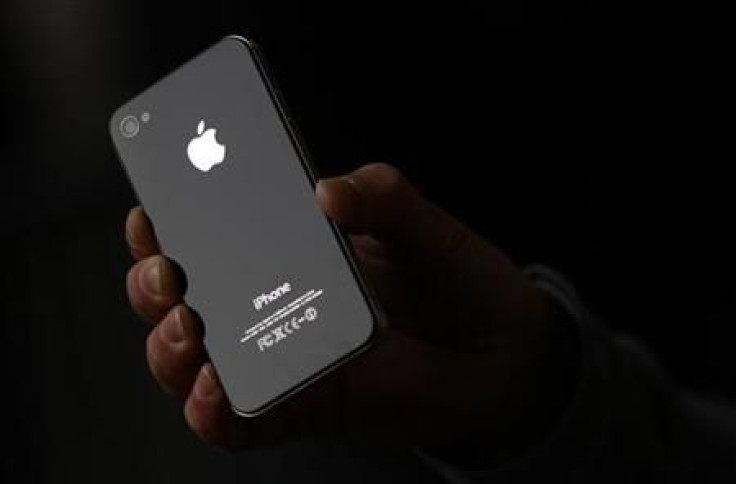iPhone 4S: How Does Apple's Latest Smartphone Compare Against Motorola Droid Bionic and Samsung Galaxy S II

Apple has sold over 4 million units of the new smartphone iPhone 4S through different retailers and carriers since last Friday.
Although iPhone 4S looks identical to its predecessor -iPhone 4 - it has significant upgrades in both hardware and software, including an A5 chip, an 8-megapixel camera, Siri Voice assistant and iOS 5, which boast of over 200 new features.
iPhone's success is envied by other smartphone makers, many of whom have attempted to release a smartphone that would dislodge iPhone as the gold standard in the smartphone industry. And after several rounds of contests, Motorola Droid Bionic and Samsung Galaxy S2 have emerged as the most formidable rivals of the iPhone.
Samsung, currently Apple's biggest rival, released the Galaxy S2 as its trump card in early May 2011 across the world and by September, the South Korean electronics giant has shipped 10 million units since its launch. Another electronics giant Motorola also launched its new smartphone Droid Bionic on September 8, after undergoing several design changes.
Below is a brief comparison between iPhone 4S and its two main rivals.
Operating System: Both the Motorola Droid Bionic and the Samsung Galaxy S2 run on the Android 2.3.4 Gingerbread OS. The iPhone 4S is loaded with the latest Apple operating system iOS 5 - a free software update bringing over 200 new features, including wireless syncing, Twitter integration and widgets. Though Gingerbread isn't quite as refined as iOS yet, it has true multitasking support and is Google's best bet yet against iOS -- at least until it releases Ice Cream Sandwich. It is left to see which platform will outsmart the other in the long run.
Processor: All the three smartphones have dual-core processor based on ARM Cortex-A9 MPCore. Both iPhone 4S and Droid Bionic feature 1GHz frequency with Apple A5 chipset and Tegra 2 AP20H chipset, respectively. While the Galaxy S2 features 1.2 GHz processor on an Exynos chipset.
3G/4G: The iPhone 4S supports HSPA+ 14.4 Mbps on AT&T, and 3G EVDO Rev. A on Sprint and Verison. Although the iPhone 4S is claimed to have data download speed that is nearly twice as fast as iPhone 4, it is not technically a 4G mobile phone. However, the Droid Bionic runs on Verizon's blazing fast 4G LTE network, and Galaxy S2 supports HSPA+ 21/42 Mbps on AT&T.
Storage: The Motorola Droid Bionic has 16GB internal storage and another 16GB microSD card preinstalled, which can be expanded to 32 GB. The Galaxy S2 boasts 16GB internal storage, expandable up to 32GB via a microSD card. Both phones have 1GB RAM. The iPhone 4S still with 512 MB RAM, comes in 16GB, 32GB and 64GB models. It doesn't support a MicroSD card slot.
Display: The iPhone 4S has a 3.5-inch TFT Retina multi-touch display, with 960x640 resolutions at 326 ppi pixel density. The Samsung Galaxy S2 sports a 4.3-inch (4.52 for the Sprint Epic 4G Touch and T-Mobile USA's Galaxy S2) Super AMOLED screen with 800x480 screen resolution. The 4.3-inch screen comes with 217 ppi pixel density, while the 4.52-inch screen comes with 206 ppi. The Motorola Droid Bionic has a 4.3-inch qHD screen that should give a resolution of 960x540-pixel at 256 ppi pixel density.
Battery Life: The iPhone 4S (weighing 140g), has a Li-Po 1,420 mAh battery, with 8 hours of talk time on 3G and up to 14 hours on 2G networks (GSM). The Motorola Droid Bionic (weighing 158.8g) has a standard 1735 mAh battery offering talk time of 650 minutes and standby time of 200 hours. The Samsung Galaxy S2 (weighing 116g) features a Li-Ion 1650 mAh battery offering talk time up to 540 minutes and standby up to 576 hours on 3G.
© Copyright IBTimes 2024. All rights reserved.











